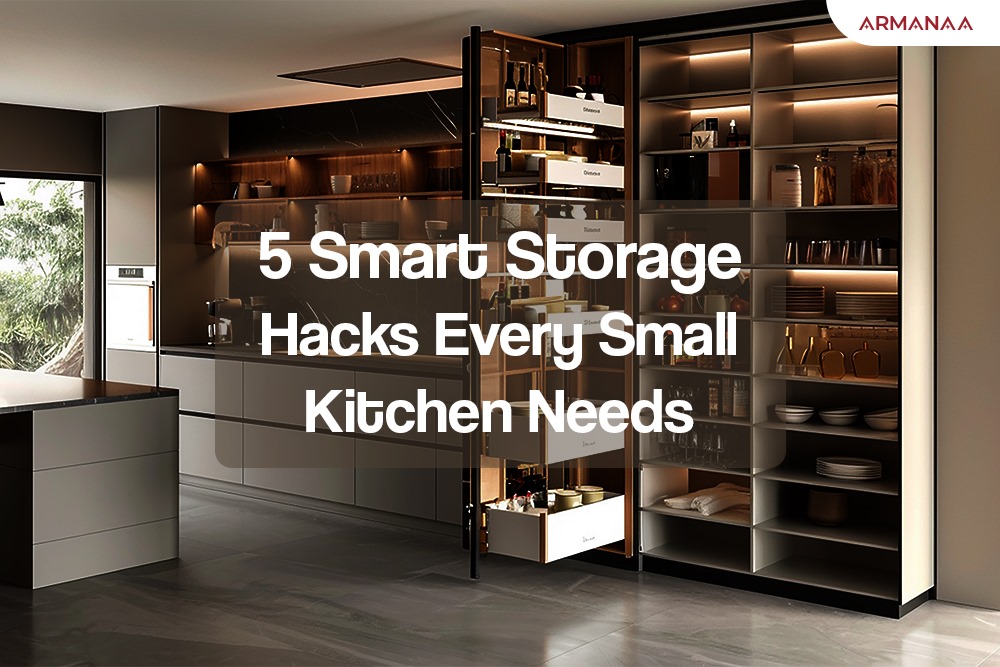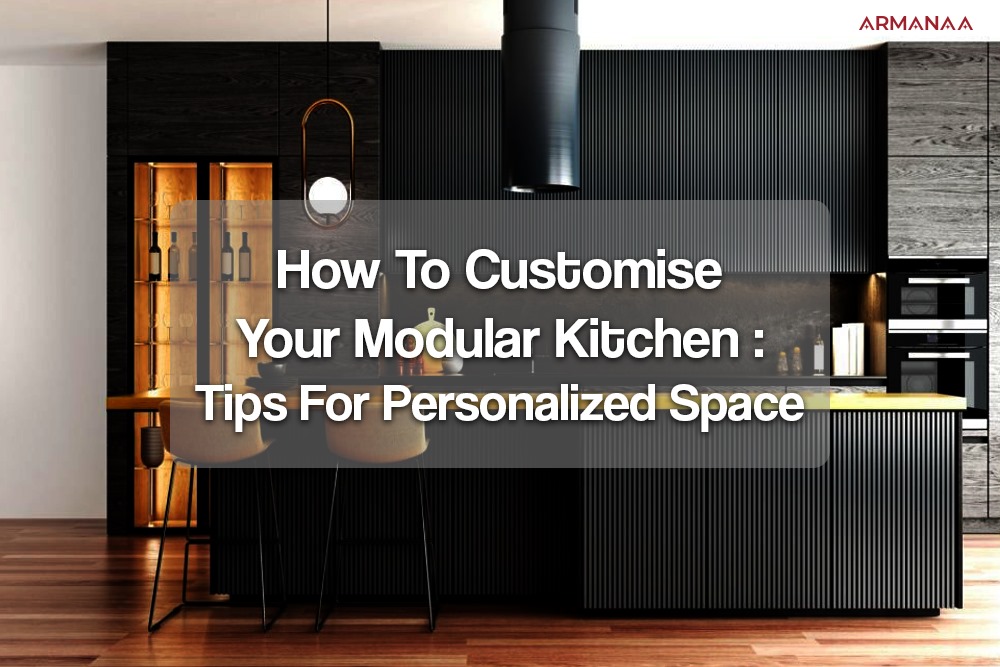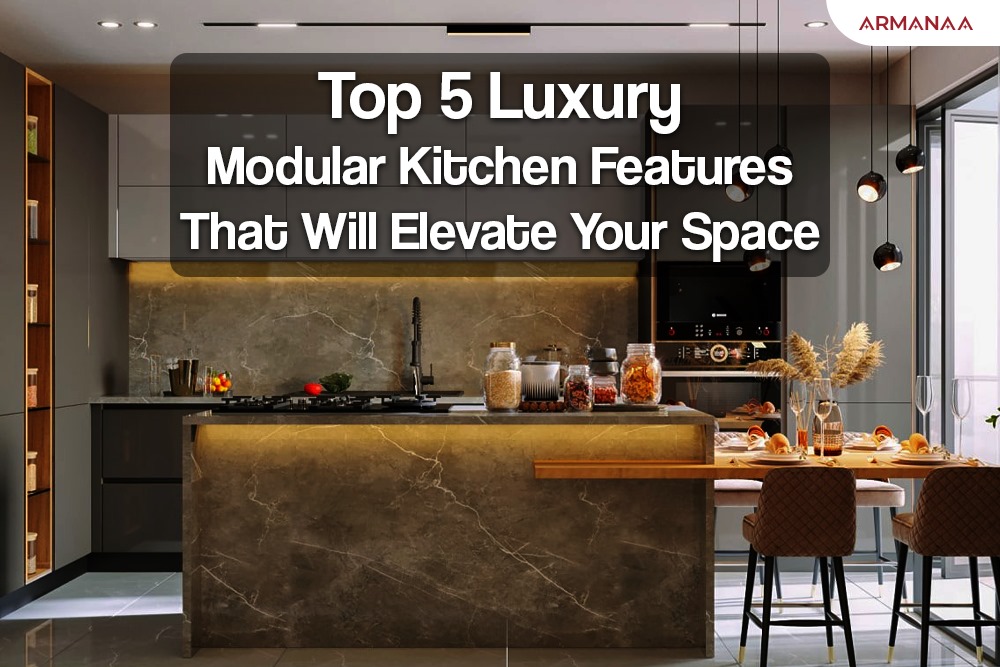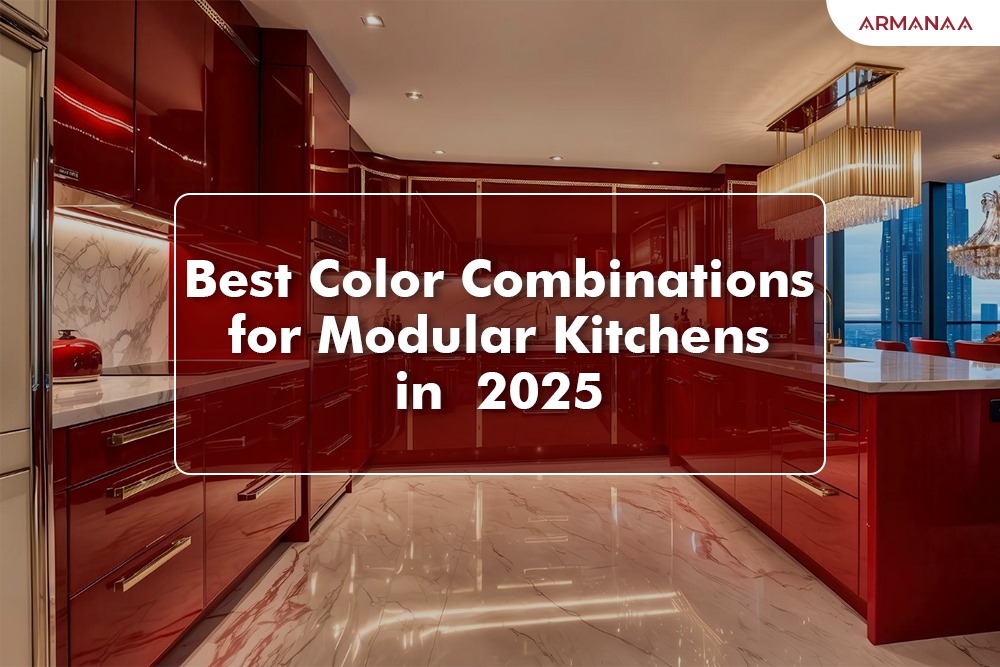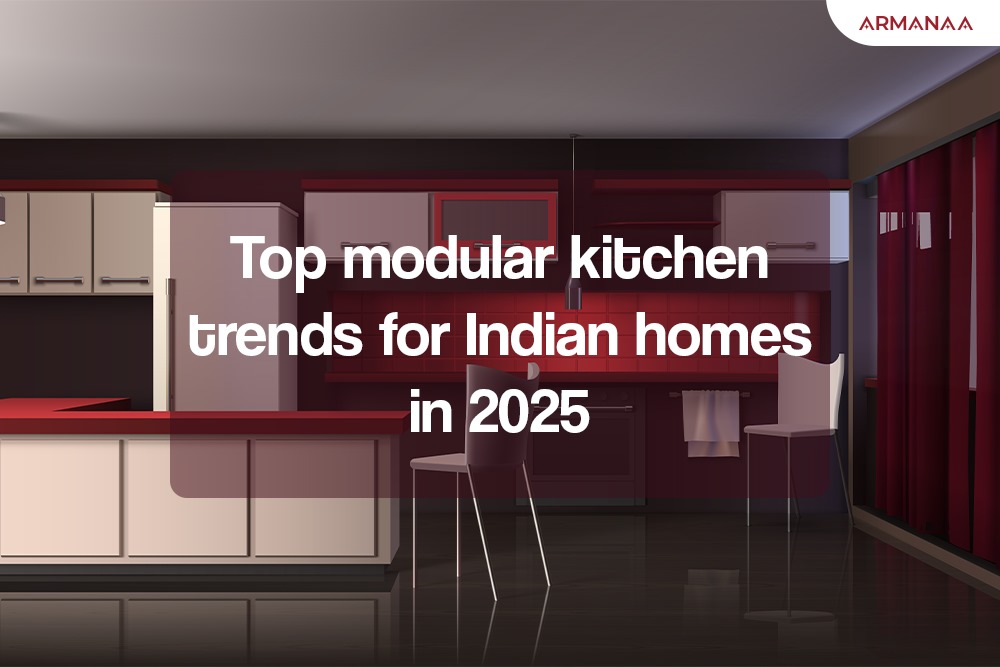
Top 10 Interior Design Mistakes To Avoid In Modular Homes
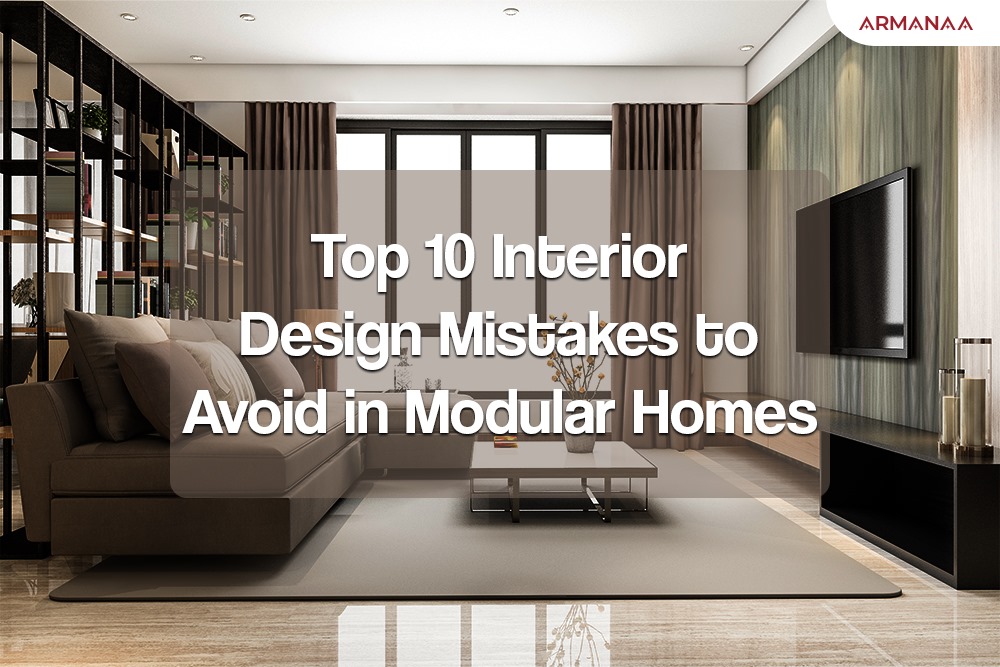
Modular homes have revolutionized residential construction by offering cost-effective, eco-friendly, and customizable living solutions. However, despite their advantages, modular homes come with unique spatial and structural characteristics that require thoughtful interior design. Many homeowners, especially first-timers, often make mistakes that can compromise functionality, aesthetics, and comfort.
To create beautiful and efficient modular homes, here are 10 design mistakes to avoid:
1. Ignoring the Importance of Scale and Proportion
One of the most common design blunders in modular homes is failing to consider the scale of furniture and decor. Modular homes often have slightly smaller rooms, making it crucial to select appropriately sized furnishings. Oversized sofas, bulky cabinets, and large dining sets can overwhelm a space, making it feel cramped. Always measure your space and choose furniture that maintains balance and comfort.
2. Overlooking Natural Light and Window Placement
Natural light can drastically improve the appearance and feel of a modular home. Unfortunately, many homeowners ignore the strategic use of natural light, placing furniture that blocks windows or using heavy drapery that limits brightness. Instead, leverage the home’s orientation by strategically placing mirrors or opting for sheer curtains to maximize light penetration. Enhancing natural light not only saves energy but also makes the room feel more open and inviting.
3. Using the Same Flooring Throughout
While consistent flooring can unify your space, doing so without considering the function of each room is a mistake. For instance, hardwood floors in bathrooms or laundry areas may be damaged by moisture. Similarly, dark flooring in a small home can make it look narrower. Choose flooring materials that are both functional and aesthetically appropriate for each room. For example, use tiles in wet areas, laminate or hardwood in living areas, and perhaps carpets in bedrooms for warmth and comfort.
4. Neglecting Vertical Space
Modular homes have limited square footage, making it essential to utilize vertical space effectively. Many homeowners fail to make use of vertical space, leading to underutilized storage potential. Instead, try installing tall bookshelves, hanging cabinets, and floating shelves. This helps to maximize storage without sacrificing valuable floor space. Vertical design also draws the eye upward, creating the illusion of height and openness.
5. Choosing Style Over Functionality
It’s easy to get carried away with trendy furniture, bold wallpaper, or statement decor items, but modular homes demand a balance between form and function. Choosing a chic but uncomfortable couch or decorative lighting that doesn’t provide adequate illumination can diminish day-to-day usability. Prioritize comfort and practicality before going all-in on aesthetic trends. Thoughtful design can still be beautiful while being highly functional.
6. Poor Space Zoning and Layout Planning
In modular homes, especially open-plan layouts, clearly defining spaces for different activities is critical. A common mistake is not zoning out spaces properly, for example, letting the dining space merge seamlessly into the living area without clear demarcation. To properly zone out areas, use rugs, lighting, furniture arrangement, or even color to delineate different functional zones. Proper zoning enhances organization and makes even compact homes feel structured and purposeful.
7. Overfilling the Space with Decor and Furniture
Clutter is the enemy of good modular home design. Due to limited space, filling your home with excessive decoration or unnecessary furniture can lead to visual chaos. Therefore, it’s better to embrace a minimalist approach—opt for multi-functional furniture, hidden storage, and selective decor. Let each item in your home serve a purpose to keep the space open and serene.
8. Ignoring the Architectural Character of Modular Homes
Modular homes have distinct construction features, such as joint panels, potentially lower ceilings, or unconventional room shapes. Ignoring these characteristics and designing without regard for the existing architecture can result in a discordant look. For example, a Victorian design style may clash with the clean lines of a modern modular home. To complement the inherent concept of modular homes, consider choosing styles like modern, minimalist, or industrial.
9. Underutilizing Smart Storage Solutions
Storage can be a significant challenge in modular homes, and failing to plan for it can lead to messy countertops and overflowing closets. Avoid the mistake of relying solely on traditional storage methods. Instead, incorporate built-in benches with hidden compartments, beds with drawers, wall-mounted organizers, and multi-purpose furniture. Creative storage planning not only enhances functionality but also maintains a clean, organized aesthetic.
10. Lack of Personalization
In an attempt to create a “picture-perfect” home, some homeowners forget to infuse their personality into their living space. Your home’s design should reflect who you are—your interests, culture, and lifestyle. Avoid impersonal designs by adding meaningful artwork, family photos, travel souvenirs, or DIY pieces. Personal touches give your home warmth, depth, and authenticity, transforming it into a true reflection of its inhabitants.
Conclusion
Designing a modular home is a rewarding opportunity to blend efficiency with beauty. However, to make the most of your design, it’s important to avoid these common interior design mistakes. By focusing on function, maximizing light, and incorporating personal touches, you can transform a modular setting into a stylish, livable, and deeply satisfying space. Modular homes may be compact, but with smart design choices and a thoughtful approach, they can be as comfortable and aesthetically pleasing as any traditional home. Avoiding these 10 interior design pitfalls will set you on the path to creating a home that is both space-efficient and practical.

